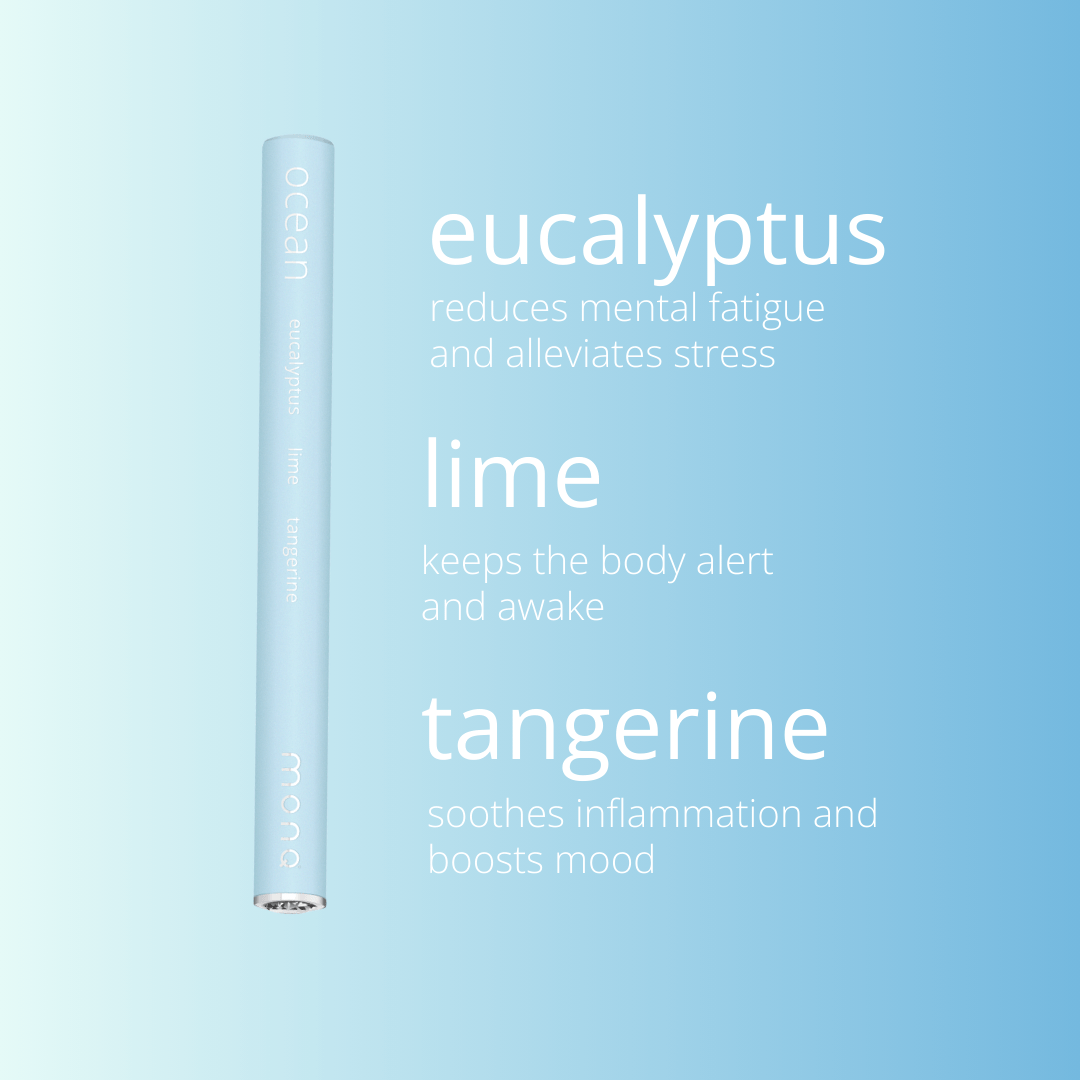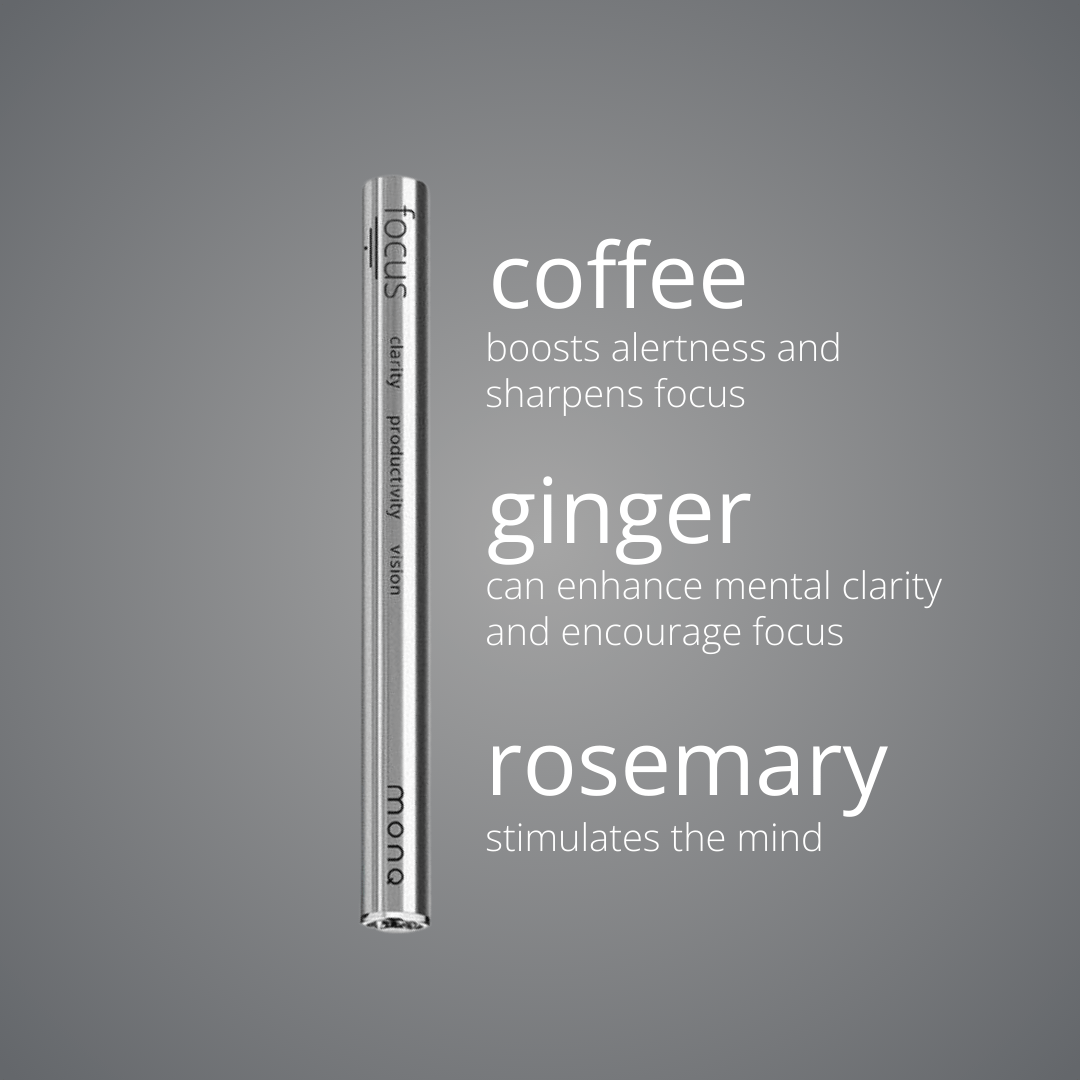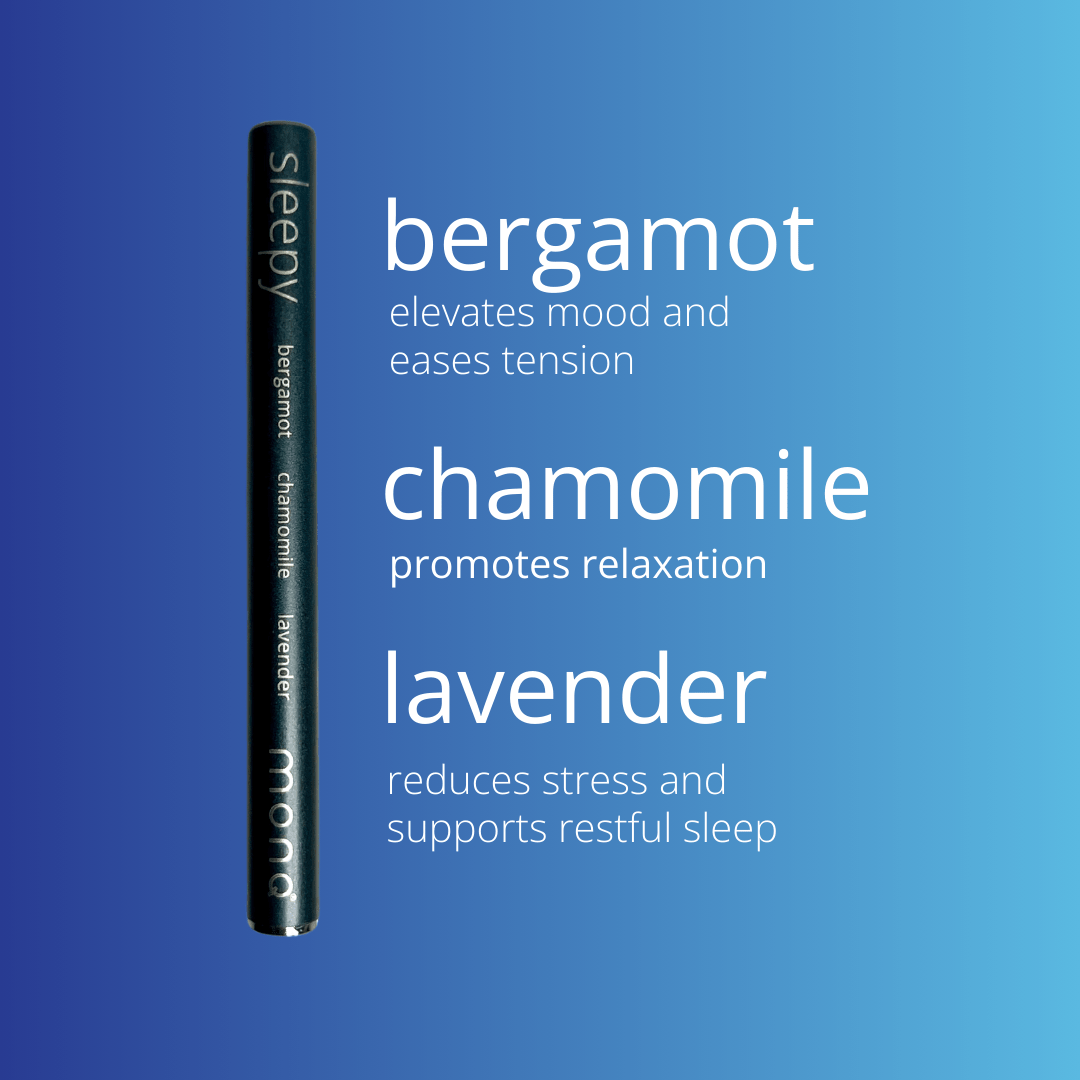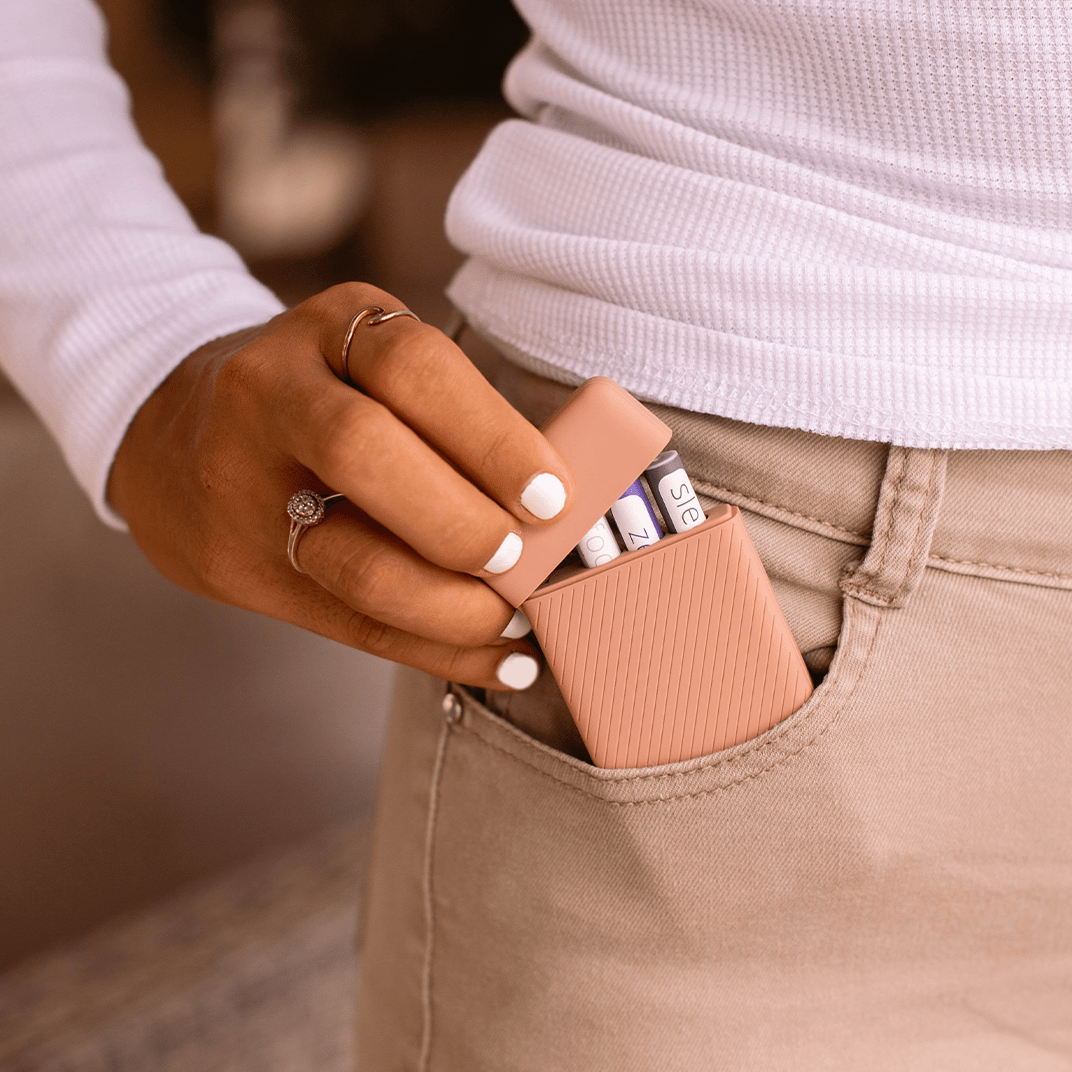Discovering Vanilla's Best-Kept Secrets

Vanilla is not just a delightful flavor or aroma; it's an experience that evokes memories, warmth, and a sense of nostalgia. This aroma, woven into the fabric of many cultures over centuries, has a story that's as intriguing as its scent.
A Glimpse into Vanilla's Rich Past
Hailing from the enchanting lands of Central and South America, as well as the Caribbean, vanilla, an orchid family member, has roots deep in history. Among the 25,000 orchid species, vanilla stands out as the only edible cultivar. Once cherished by the Totonacs, it was subsequently embraced by the Aztecs and eventually found its way to European shores, where Queen Elizabeth I developed a fondness for vanilla-infused desserts. From European courts to the common American household, thanks to Thomas Jefferson's introduction of vanilla ice cream, its popularity soared.
Its cultivation story is equally fascinating. Despite being taken to various corners of the globe through colonization and globalization, vanilla's growth process remained a complex art. The ideal conditions and painstaking attention it requires have made vanilla one of the most valued spices, right after saffron.
Places like Madagascar and Indonesia have now become the epicenters of vanilla cultivation. Bourbon-Madagascar vanilla is especially revered, while Tahitian and Mexican vanilla, each with their unique profiles, also find favor among enthusiasts.
From Vine to Vial: Understanding Vanilla
The vanilla we relish, whether in our favorite desserts or skincare products, starts its journey as a seed pod on the V. planifolia orchid. Yet, the aromatic vanilla we're familiar with is a result of months of meticulous drying, curing, and extracting. This process helps preserve the delicate compounds in the vanilla beans.
Interestingly, vanillin, the primary active compound, defines the characteristic vanilla flavor and aroma. While this compound dominates the profile, a symphony of over 130 other components contributes to vanilla's intricate aroma, with nuances varying depending on its growth region.
Though authentic vanilla extraction is an art, the modern age has seen a rise in synthetic vanillin. While it might mimic the classic scent, true aficionados can distinguish the depth and warmth of authentic vanilla.
Vanilla Extracts: Unraveling the Mystery
The term "vanilla essential oil" can be misleading, as true vanilla essence is derived differently from conventional essential oils. Instead, vanilla is extracted using methods like CO2 extraction or solvents like ethanol. Three primary forms are:
- Oleoresin: A semi-solid resin derived using solvents, which may leave residues in products.
- Absolute: A concentrated substance blending seamlessly into body products.
- CO2 Extract: A version using high-pressure carbon dioxide, easily mixing with carrier oils and suitable for diffusion.
Using Vanilla Safely
Always opt for a well-diluted form of vanilla for topical application. Direct application of concentrated vanilla extract isn't recommended. If considering its use, always conduct a skin patch test and avoid usage if irritation ensues. As always, pregnant or nursing individuals and children should exercise caution.
Wrapping Up
Vanilla's allure lies in more than just its flavor; it's an emblem of history, nature's artistry, and therapeutic qualities. The next time you indulge in a vanilla-scented product or enjoy its flavor, take a moment to appreciate its rich journey from ancient civilizations to your senses.








Leave a comment